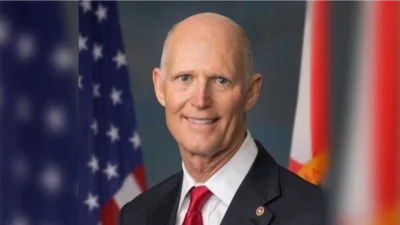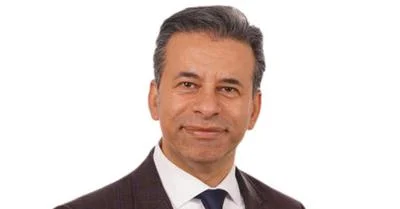Energy and Commerce Chairman Frank Pallone, Jr. (D-NJ) delivered the following remarks today at an Energy Subcommittee legislative hearing entitled, “Legislative Solutions to Make Our Nation’s Pipelines Safer:"
Today’s hearing focuses on two legislative proposals to improve pipeline safety in America. In May, the Subcommittee held an oversight hearing to hear from stakeholders about what changes are needed as we consider reauthorization of the Pipeline Safety Act.
Since we last reauthorized this critical federal program - three years ago this week - several major pipeline incidents have occurred, underscoring the need for additional reforms to our federal pipeline safety programs. Last year, a failure in Massachusetts’ Merrimack Valley killed one person, injured 21 others and damaged more than 130 homes.
We have made progress on federal pipeline safety over the last 20 years, since the Olympic Gasoline Pipeline explosion in Bellingham, Washington killed three young people. But preventable incidents still occur, and we must do everything in our power to ensure our national pipeline network is as safe as possible.
The Safer Pipelines Act of 2019, a discussion draft the Subcommittee will review today, makes several critical changes to the federal pipeline safety program. A major, overarching problem with the federal pipeline safety program is that it takes the Pipeline and Hazardous Materials Safety Administration (PHMSA) too long to finalize Congressional mandates.
There are still outstanding rulemakings that were required in the 2011 and 2016 reauthorizations that PHMSA has failed to finish. This is unacceptable. At our oversight hearing in May, we heard that the biggest cause for delay is the prescriptive cost-benefit analysis required by the 1996 reauthorization. The discussion draft removes this duplicative requirement, while still ensuring PHMSA rules are subject to the same economic analysis that every other major rule receives.
The proposal also restores the mechanism for citizens to pursue legal action to compel PHMSA to fulfill its statutory duties, which was a major issue in the aftermath of the 2010 San Bruno pipeline explosion that killed eight people in Northern California. San Francisco sued the federal government for having abjectly failed to enforce safety standards, but the suit was dismissed because the court held that the law did not permit mandamus-type citizen suits.
Another critical area addressed in the discussion draft is the need for modifying the ridiculously high bar for imposing criminal penalties in current law. The proposal changes the standard to “knowingly or recklessly," which would bring the pipeline criminal standard in line with that of the Hazmat statute. The government must be able to hold companies accountable when they knowingly or recklessly ignore the law.
The Trump Administration has submitted its own reauthorization proposal, which includes a provision to criminalize pipeline construction protests. I have no intention of allowing a pipeline safety bill to be used as a vehicle for stifling legitimate dissent and protest. That provision is dead on arrival as far as I’m concerned.
There are, however, a number of useful ideas within the Administration’s proposal and I look forward to working with my colleagues and the Department of Transportation to find common ground on these issues.
The Subcommittee will also review the Leonel Rondon Pipeline Safety Act, introduced by Representatives Trahan, Kennedy and Moulton. This bill is a direct response to the failures that occurred during the Merrimack Valley incident in Massachusetts. It would improve the management of gas pipeline distribution systems and fix gaps in safety regulations that led to the tragedy in Massachusetts. I commend the bill sponsors for their thoughtful effort, and I am hopeful we can include several ideas from their proposal in a final pipeline safety reauthorization bill.
The ideas included in the Safer Pipelines Act are important to me and to communities around the country. But this is a draft and serves as a starting point for discussion and collaboration, just as this hearing is a means to get all ideas for reauthorization out into the open and onto the table.
I look forward to hearing from my Committee colleagues on both sides of the aisle today on their ideas for reauthorization because I hope and expect that the final product the Committee reports will be a strong, bipartisan bill. I am committed to working in a bipartisan manner to update and improve this critical federal program so that we produce a final bill that we can all be proud of and support.





